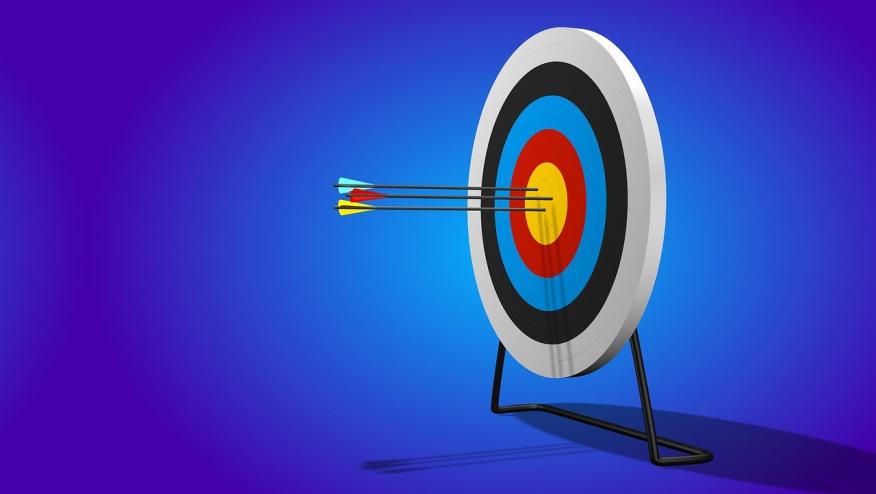Dual inhibition of IL17A and IL17F in AxSpA Save

A new target for treatment in AxSpA is the dual inhibition of IL17A and IL17F (IL17A/F). IL17A is a key driver of the inflammation in the AxSpA and Psoriatic Arthritis (PsA). IL17A and its structurally related IL17F share biologic functional properties. Inhibition of both cytokines (IL17A/F) should result in a greater clinical benefit in AxSpA and PsA than IL17A inhibition alone.
Studies presented at ACR22 have shown the efficacy of the IL17A/F inhibitor Bimekizumab (BKZ). In abstract 0411 by van der Heijde et al, the BE MOBILE 2 which is a 24 week multicentre PBO controlled RCT, BKZ was effective in treating active Ankylosing Spondylitis (AS) resulting in rapid, clinically relevant improvements in efficacy outcomes vs PBO, including suppression of inflammation. At Week 16, the primary outcome ASAS 40 was 44.8% BKZ vs 22.5% PBO and all ranked secondary endpoints were met. ASAS40 responses at Wk 16 were consistent across both TNFi-naïve (45.7% BKZ vs 23.4% PBO) and TNFi-IR (40.5% BKZ vs 17.6% PBO) populations. At Wk 24, nearly 50% BKZ-randomized pts had achieved ASDAS < 2.1. Up to Wk 24, incidence of serious TEAEs was low (3.6%).
In another study, abstract 0544 looked at the non-radiographic AxSpA group. This Phase 3 study BE MOBILE 1 by Deodhar et al showed BKZ use in active nr-axSpA resulted in rapid, clinically relevant improvements in outcomes vs PBO, including suppression of inflammation. At Wk 16, the primary outcome ASAS40 was 47.7% BKZ vs 21.4% PBO and all ranked secondary endpoints were met. The ASAS40 responses at Wk 16 were consistent across both TNFi-naïve (46.6% BKZ vs 22.9% PBO) and TNFi-IR (60.0% BKZ vs 11.8% PBO) populations. At Wk 24, >50% of BKZ-randomized pts achieved ASDAS < 2.1. There was also improvement in the MRI scores by Wk 16. Up to Wk 24, incidence of serious TEAEs was low (0.4%).
BKZ use in AxSpA also improved patient outcomes from both studies (BE MOBILE 1 and 2). In abstract 0409 by Mease et al, a greater proportion of both nr-axSpA and AS pts treated with BKZ vs PBO achieved lower total and nocturnal spinal pain scores at Wk 16. Patients on BKZ also achieved reductions from baseline in mean total spinal pain, nocturnal spinal pain, and BASDAI morning stiffness scores to Wk 24.
The late breaking abstract L14 by Baraliakos shows the extension of the BE MOBILE 1 and 2 to Wk 52. At Wk 16, the ASAS 40 was in nr-axSpA: 47.7%; AS: 44.8% to Wk52 nr-axSpA: 60.9%; AS: 58.4%. There were high levels of efficacy across both TNFi-naïve and TNFi-inadequate responder populations. At Wk52, ASDAS < 2.1 was achieved by 61.6% and 57.1%, and ASDAS < 1.3 by 25.2% and 23.4%, of BKZ-randomized pts with nr-axSpA and AS, respectively. The incidence (pts/100 patient years) of serious TEAEs were low (nr-axSpA: 4.4; AS: 7.1). Most incidences of fungal infection (nr-axSpA: 19.6; AS: 14.9; none serious or systemic) were Candida (nr-axSpA: 12.8; AS: 8.3) and mild to moderate; two pts with nr-axSpA and two with AS discontinued the study due to Candida infections.
These studies show the efficacy of BKZ in the treatment of both AS and nr-AxSpA. There was suppression of inflammation and improvements in function and quality of life to Wk52 with BKZ. No new safety signals were observed. These studies add BKZ to our choice of available biologic treatments to improve outcomes in AxSpA










If you are a health practitioner, you may Login/Register to comment.
Due to the nature of these comment forums, only health practitioners are allowed to comment at this time.